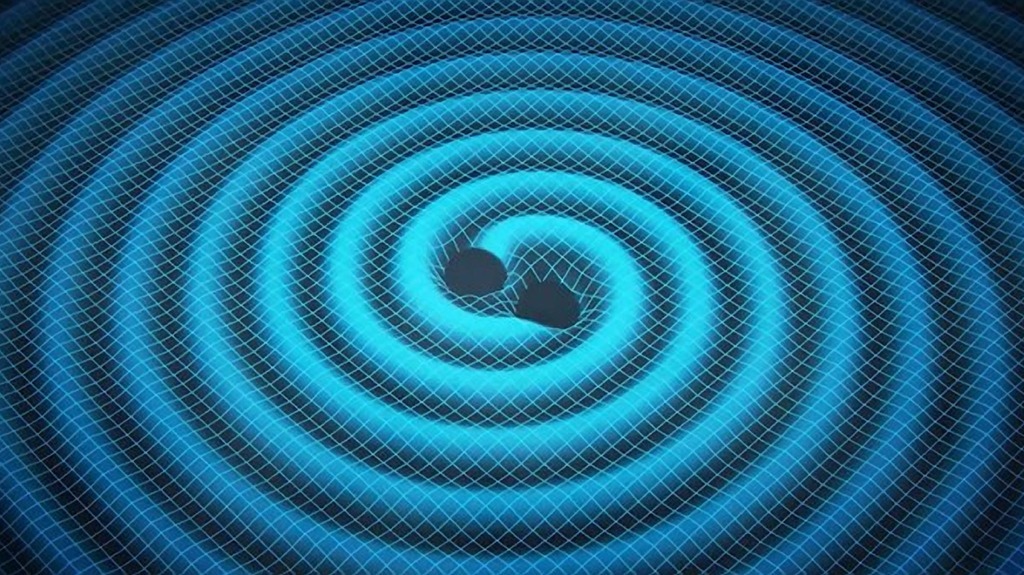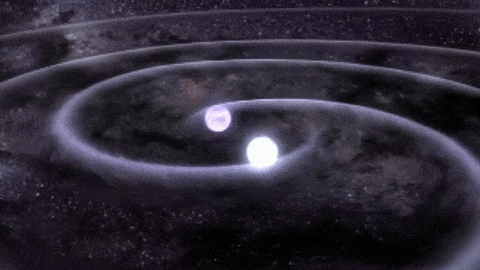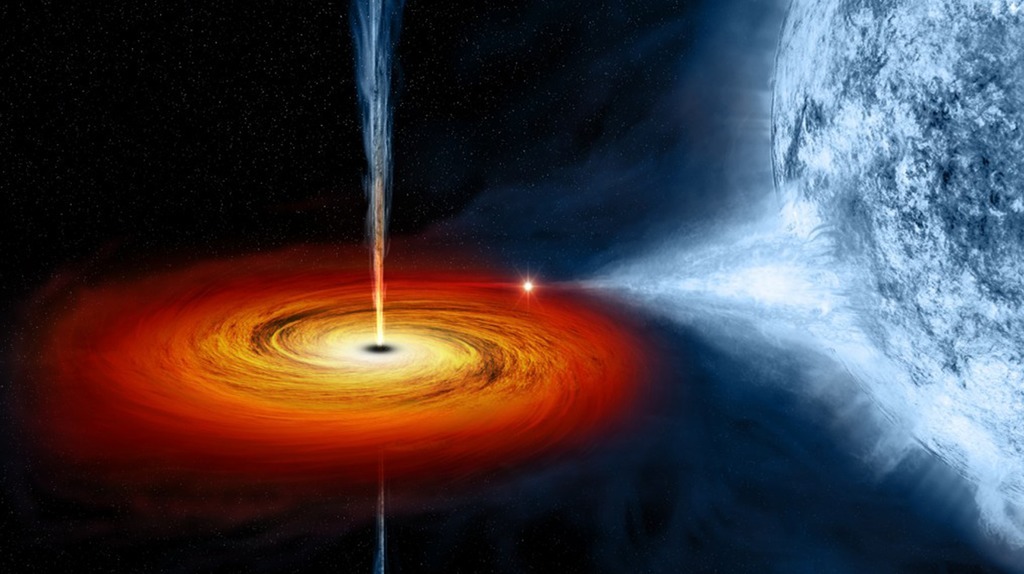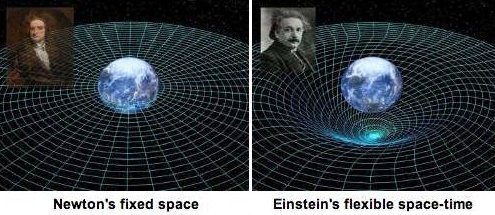The Compact Muon
Solenoid, a massive particle detector for the Large Hadron Collider, at
CERN, is a general detector for investigating a wide array of physics.
Photographer:
Luca Locatelli
The world’s most epic physics experiment will flip back
on as early as Saturday. After a two-year tuneup, the Large Hadron
Collider (LHC) will run at twice the power it needed in 2012 to find the
Higgs boson, the long-theorized particle that confers mass onto matter.
As monumental as the Higgs discovery was — its theorists won
the Nobel Prize in Physics the next year — physicists still have very
little idea what’s going on in the universe, beyond the stuff we can
see, touch, and smell. A big question concerns “dark matter,” what
scientists call the stuff that makes up 80 percent of galaxies but that doesn’t
interact with light, atoms, and molecules. They know it’s there, but it’s
hiding from us.
With the Higgs in hand, finding traces of dark matter is the next
big hunt in high-energy physics.
The Standard Model of physics is what scientists consider
their working picture of how fundamental particles behave and
interact. But it “has some holes in it,” says Verena Martinez Outschoorn, an
assistant professor of physics at the University of Illinois at
Urbana-Champaign. “We know that our worldview, our model, our understanding of
particles and their interactions is kind of a subset of a bigger picture,” she
says. “We have reason to believe there are other particles out there.”
The Atlas instrument
at the Large Hadron Collider is used to detect a broad range of phenomena,
including the long-elusive Higgs boson, finally discovered in 2012.
Photographer:
Luca Locatelli
The LHC is located at CERN, the scientific research
juggernaut in Meyrin, Switzerland. It’s a network of superpowered,
supercold, super empty magnet-driven beam pipes that zip protons around a
17-mile loop. Some circle the ring in one direction; some trace the
opposite path.
How high-powered? Ultimately, 14 tera-electron volts,
or 14 trillion electron volts (eVs). That’s a lot of anything. Neutrons popping
out of a radioactive nucleus — nuclear fission — have about a million
electron volts. Medical X-rays have about 200,000 eVs. Electrons hit
old-fashioned cathode-ray television screens with about 20,000 eVs.
How cold? At 1.9 kelvins (-456F), the LHC magnets are colder
than outer space.
How empty? The vacuum beam pipes that carry the particles around
in circles are so empty they make the moon’s atmosphere look like a choking
smog.
Protons loop around and around at 11,000 laps per
second, until they’re steered into each other. The collision
frees energy and many kinds of particles, which are just as soon collected
by detectors, including four massive ones underground. The Atlas detector
(see above) is 46 meters long, 25 meters high, and 25 meters wide. At 7,000
metric tons, its the largest one ever by sheer volume. (Atlas is
outweighed, however, by the Compact Muon Solenoid detector.)
Workers perform maintenance
on the Compact Muon Solenoid detector, which, like Atlas, was used to search
for the Higgs boson. Next up: The hunt for particles of dark matter, the
mysterious stuff that makes up 80 percent of galaxies’ mass.
Photographer: Luca Locatelli
From the data these and other detectors collect, scientists
try to piece together what happened in the proton collision, and what
particles it released.
If there’s one rule in the universe that’s unbreakable, it’s the
law of conservation of energy: Energy cannot be created or destroyed. So
when physicists add up the energy of all the particles that come out of a
collision, they must total the known energy level of the experiment.
If it doesn’t add up, that may indicate that some energy was siphoned away in
the generation of dark matter particles. And by definition, those can’t be
detected by us.
It’s not an insane way to find new particles. This process is
essentially how scientists found the neutrino, a fundamental particle that’s
shot out of radioactive elements and passes right through us all the time.
“This sounds like kind of a funny way of doing a measurement, by saying what’s
not there,” says Jesse Thaler, an assistant professor of physics at
MIT. “But actually, historically, we’ve been quite successful in this.”
The Alice detector at
the LHC sits in a cavern 56 meters below ground. The 10,000-metric ton
instrument studies “quark soup,” which scientists say existed in the millionths
of a second after the Big Bang.
Photographer: Luca
Locatelli
“I’ve seen a lot of strange stuff, but I’ve never
seen anything to make me believe that there’s one all-powerful Force
controlling everything.”
Physicists have four forces they can account for: gravity, the
weak and strong nuclear forces, and electromagnetism. Plus, there’s the basket
of stuff they don’t understand, such as dark matter and dark
energy. Minimalists might prefer that they find, if there’s one
waiting to be found, an even simpler understanding of the universe, one that
reconciles the four fundamental forces and the dark stuff. For scientific
accounting — Han Solo be damned — it just might be neater and easier to have
one all-powerful force controlling everything.




















 Every second the sun gives off the same amount of energy as 10 billion nuclear bombs. To just give you a hint, only few hundred of nuclear bomb is enough to destroy our whole world. Nuclear weapons are more powerful now than they were in the time of second world war.
Every second the sun gives off the same amount of energy as 10 billion nuclear bombs. To just give you a hint, only few hundred of nuclear bomb is enough to destroy our whole world. Nuclear weapons are more powerful now than they were in the time of second world war.
 Every year our planet Earth absorbs 94 billion megawatts of energy from the sun. That’s more than the world’s total energy need.
Every year our planet Earth absorbs 94 billion megawatts of energy from the sun. That’s more than the world’s total energy need. We all know that the sun can be yellow or orange but did you know that it can be green also? This phenomenon is known as green flash is very rare.
We all know that the sun can be yellow or orange but did you know that it can be green also? This phenomenon is known as green flash is very rare.
 Well, it’s massive, it is really huge check out the picture above. In fact, it accounts about 99% of the mass of the entire solar system and all the other planets and star or anything in our solar system is just 1% of our total solar system mass.
Well, it’s massive, it is really huge check out the picture above. In fact, it accounts about 99% of the mass of the entire solar system and all the other planets and star or anything in our solar system is just 1% of our total solar system mass. Most photos captured and what we see suggests that the sun orange, red, yellow or a combination of the three. But in reality, the sun none of them it is white. It appears yellow to us because of the blue light present in the Earth’s atmosphere.
Most photos captured and what we see suggests that the sun orange, red, yellow or a combination of the three. But in reality, the sun none of them it is white. It appears yellow to us because of the blue light present in the Earth’s atmosphere. When the sun and moon are in a apogee, or pulling the Earth in the same direction, our bodies get stretched but only microscopically.
When the sun and moon are in a apogee, or pulling the Earth in the same direction, our bodies get stretched but only microscopically. At least that’s what people used to think back in the days. One legend said it was a man with 3 eyes and 4 arms that he was abandoned by his spouse for being too bright and shine.
At least that’s what people used to think back in the days. One legend said it was a man with 3 eyes and 4 arms that he was abandoned by his spouse for being too bright and shine. Ok, so you knew that sun is really bright, but did you know that it is brighter than about 85% of everything else in the entire Milky Way?
Ok, so you knew that sun is really bright, but did you know that it is brighter than about 85% of everything else in the entire Milky Way?


